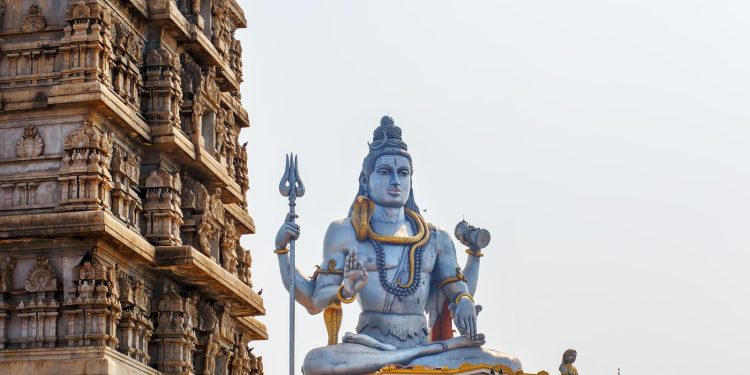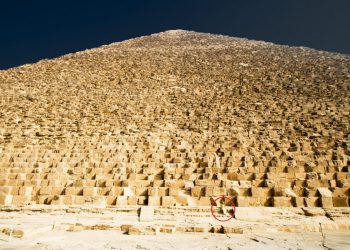Shiva, one of the principal deities in Hinduism, is a captivating figure with an enigmatic aura that has captivated the hearts and minds of millions worldwide. With a rich mythology and deep symbolism, Shiva holds a revered position in the pantheon of gods. In this article, we explore ten intriguing aspects of Shiva’s character, shedding light on the key facets that make him an intriguing and beloved deity.
The Supreme Destroyer
Shiva, often referred to as “The Destroyer,” embodies the transformative power of destruction and renewal. This concept represents the shedding of old ideas and attachments to make way for new beginnings.
The Nataraja: Lord of the Cosmic Dance
One of the most iconic depictions of this Hindu deity is the Nataraja, where he is shown engaged in a cosmic dance. This symbolic dance signifies the rhythm and cyclical nature of the universe, representing the eternal flow of creation, preservation, and dissolution.
The Third Eye: Symbol of Wisdom and Destruction
Shiva is often depicted with a third eye, known as the “eye of wisdom.” This third eye symbolizes his all-seeing and omniscient nature. Additionally, it represents his ability to burn through ignorance and illusion with a mere glance, leading to inner awakening and spiritual growth.
Ardhanarishvara: The Unity of Masculine and Feminine
In the Ardhanarishvara form, this Hindu deity embodies both masculine and feminine energies, showcasing the union of opposites. This representation signifies the harmony and balance of male and female aspects within each individual, emphasizing the importance of embracing both sides for wholeness.
Mount Kailash: Abode of Lord Shiva
Mount Kailash, located in the Himalayas, is believed to be the abode of Lord Shiva. Considered sacred by Hindus, Buddhists, and Jains, this majestic peak holds profound spiritual significance. Pilgrims from around the world embark on challenging journeys to seek blessings and attain spiritual enlightenment.
Trishula: The Trident of Power
Shiva is often depicted wielding a trident called the Trishula, symbolizing his dominion over the three realms of existence: the physical, mental, and spiritual. The Trishula represents the power to destroy negativity, ignorance, and ego, paving the way for spiritual evolution.
The Serpent: Symbol of Transcendence
A serpent named Vasuki adorns Lord Shiva’s neck, symbolizing his transcendence over the cycle of life and death. This imagery suggests that Shiva has mastery over the vital life force and the ability to navigate the realms of existence effortlessly.
Rudraksha: Beads of Spiritual Significance
Rudraksha beads, derived from the Rudraksha tree, are considered sacred and are often associated with Lord Shiva. Wearing these beads is believed to bring spiritual protection, enhance meditation practices, and promote overall well-being.
Shiva’s Consorts: Devotion and Divine Feminine
Shiva is often depicted alongside his consorts, Parvati and Sati. Parvati represents devotion, love, and fertility, while Sati symbolizes self-sacrifice and the transformative power of feminine energy. Together, they exemplify the dynamic interplay of masculine and feminine forces in the universe.
Maha Shivaratri: Celebrating Lord Shiva
Maha Shivaratri, a significant Hindu festival, is dedicated to Lord Shiva. Celebrated annually, devotees observe fasting, engage in meditation, and offer prayers to honor Shiva’s divine presence. The festival symbolizes devotion, spiritual awakening, and the triumph of light over darkness.
Shiva, with his multifaceted character and profound symbolism, continues to be an awe-inspiring figure in Hindu mythology. From his role as the destroyer to his embodiment of cosmic balance and transformative power, Shiva’s influence extends far beyond religious boundaries. Exploring these ten captivating aspects of Lord Shiva offers a glimpse into the rich tapestry of Hinduism and the timeless wisdom it imparts.
Have something to add? Visit Curiosmos on Facebook. Join the discussion in our mobile Telegram group











